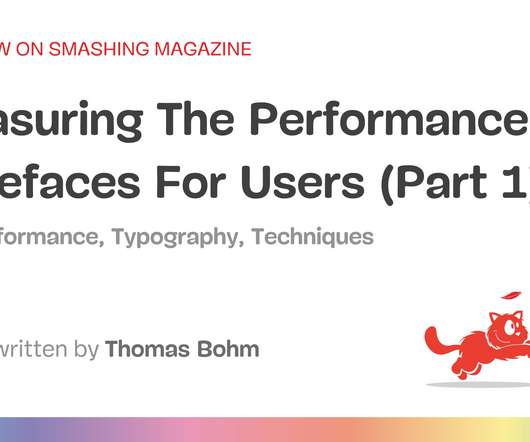The Surprising Effectiveness of Non-Overlapping, Sensitivity-Based Performance Models
John McCalpin
APRIL 2, 2020
The presentation discusses a family of simple performance models that I developed over the last 20 years — originally in support of processor and system design at SGI (1996-1999), IBM (1999-2005), and AMD (2006-2008), but more recently in support of system procurements at The Texas Advanced Computing Center (TACC) (2009-present).












Let's personalize your content